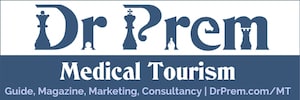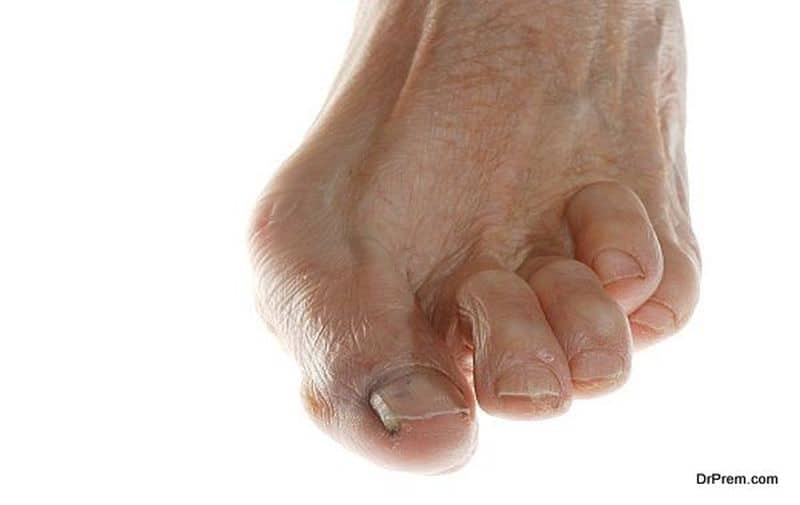Definition:
A bunionectomy procedure is performed to excise or remove the bunions. A bunion is a localized painful swelling at the base of the big toe (the great toe). The joint is enlarged due to new bone formation and there would be misalignment of toe. The bunion is from either due to bursitis or the inflammation caused by degenerative joint disease.
Details of Procedure:
Bunionectomy is recommended in conditions that includes:
- Difficulty in walking and performing routine activity due to intense pain of bunion
- Foot deformity
- Inability to bend and straighten the toe due to stiffness
- Conservative treatment has failed to relieve the pain and other problem
The reasons for the development of bunions include:
- Hereditary
- Congenital deformities
- Arthritis
- Nerve or muscle disorders in the foot
Facts and Figures:
- Bunions are more common in women, especially Belle dancer than men. The problem may be aggravated due to habit of wearing high-heeled and narrow-toed shoes.
- According to a study by the American Orthopedic Foot & Ankle Society, about 88% of women wears too small shoes and 55% of them have developed bunion.
Advantages and Disadvantages:
Advantages:
- High success rate: According to the American Orthopedic Foot & Ankle Society, less than 10% of patients undergoing bunionectomy experience complications, and 85–90% of patients are satisfied with the results.
- Surgery is effective in relieving pain and restoring the bone alignment
- After surgery one can walk comfortably and wear properly fitted shoes more easily
- Short stay at hospital, maximum 1 -2 days, A medical tourist can return home within 1-2 days after surgery
- Short duration of procedure – at most 1 hour
Disadvantages
- Bunions may re form, especially if one does not stop to wear misfit shoes after surgery
- Restricted the flexibility of the big toe joint.
- Decreased motion of the operated joint compared to the other foot
Pre-operative and Post-operative care:
Pre-operative preparations:
- X-rays for proper diagnosis
- Consultation with surgeon or doctor a week ago, and have a list of medicine which are to be taken or needed to be stopped.
- Inform the surgeon about habit of smoking and alcohol.
- Arrangement for leave from work, help at home, helps with driving, and to do other routine activities.
- Do not eat or drink anything after midnight the night before surgery
Post-operative care:
- One must follow the after care instruction given by surgeon to have good result of surgery. In most cases patients are discharged from the hospital as the anesthesia worn off.






